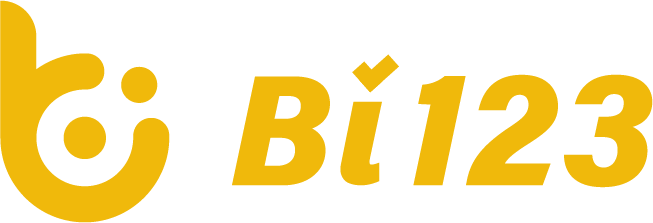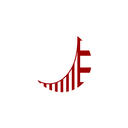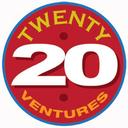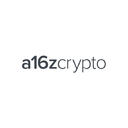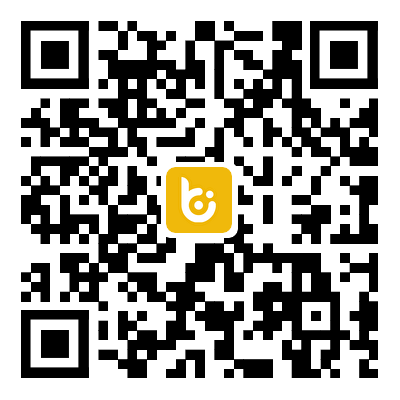
Maker
- #Governance
- #Decentralized Finance (DeFi)
- #Avalanche Ecosystem
- #Arbitrum Ecosystem
- #Near Protocol Ecosystem
- #Lending/Borrowing
- #Binance BUSD
- 1,597.754
- $148.89M
- $1.41BRank #79
- 881.92K
- Spot Markets
- Overview
- Market Data
Similar News
More Info- 06-04 10:00
The Binance World Championship Special: Trade $100 Each on Convert, Spot & Futures To Win...
- 06-03 22:00
MiCA Stablecoin Rules Implementation Announcement
- 06-03 10:15
Word of the Day: Test Your Knowledge on Life in Binance to Earn Binance Points...
- 05-31 15:00
Updates on Minimum Order Size for Spot and Margin Trading Pairs (2024-06-07)
- 05-30 21:28
Binance Futures Will Launch USDT-Margined TURBO Perpetual Contract With Up to 50x Leverage
Market Signal
More InfoCryptocurrency Calendar

NO DATA
What Is Maker (MKR)?
Maker (MKR) is the governance token of the MakerDAO and Maker Protocol — respectively a [decentralized organization] and a software platform, both based on the [Ethereum] blockchain — that allows users to issue and manage the DAI stablecoin.
Initially conceived in 2015 and fully launched in December 2017, Maker is a project whose task is to operate DAI, a community-managed decentralized cryptocurrency with a stable value soft-pegged to the US dollar.
MKR tokens act as a kind of voting share for the organization that manages DAI; while they do not pay dividends to their holders, they do give the holders voting rights over the development of Maker Protocol and are expected to appreciate in value in accordance with the success of DAI itself.
The Maker ecosystem is one of the earliest projects on the decentralized finance ([DeFi]) scene: the industry that seeks to build decentralized financial products on top of smart-contract-enabled blockchains, such as Ethereum.
Who Are the Founders of Maker?
MakerDAO, the first entity inside the larger Maker ecosystem, was created in 2015 by Rune Christensen, an entrepreneur from Sealand, Denmark.
Christensen graduated from Copenhagen University with a degree in biochemistry and studied international business at the Copenhagen Business School. Prior to MakerDAO, he co-founded and managed the Try China international recruiting company.
What Makes Maker Unique?
As of October 2020, DAI is one of the most popular stablecoins (cryptocurrencies whose prices are pegged to the USD or another traditional currency). It is the 25th largest cryptocurrency at over $800 million in market capitalization and it has more active addresses than USDT — the largest stablecoin on the market.
MKR’s unique proposition lies in the fact that it allows its holders to directly participate in the process of governing DAI. Every holder of Maker tokens has the right to vote on a number of changes to the Maker Protocol, with their voting power depending on the size of their MKR stake. Some of the aspects of the protocol the holders can vote on are:
* Adding new collateral asset types to the protocol, allowing users to submit new cryptocurrencies to mint more DAI;
* Amend the risk parameters of existing collateral asset types;
* Change the DAI Savings Rate: holders of DAI tokens can earn savings by locking them in a special contract, and the Savings Rate impacts the profitability of that contract;
* Choose the oracles — entities whose goal is to supply trustworthy off-blockchain data to the Maker ecosystem;
* Upgrades to the platform.
This ability to participate in the management of one of the largest stablecoins on the market is what drives the demand for MKR tokens and correspondingly affects their value.
Related Pages:
Find out more about [USDT], another USD-pegged stable cryptocurrency
Learn more about [stablecoins] on CMC [Alexandria], our educational portal.
How Many Maker [MKR] Coins Are There in Circulation?
The issuance and removal of MKR from the system is governed by a complex system of interdependent mechanisms designed to ensure that DAI is always fully collateralized by other cryptocurrency assets and its soft peg to the USD is maintained. There is no hard-coded limit on the total supply of MKR.
DAI’s value is secured by collateral — other cryptocurrencies that are deposited by users when minting new DAI tokens and stored in so-called vaults — [smart contracts] on the Ethereum blockchain.
During price downswings, the value of crypto stored in the vault might become insufficient to fully collateralize the corresponding amount of DAI. In that case, the Maker Protocol automatically initiates the liquidation of the vault’s contents, the proceeds of which it uses to cover that vault’s obligations. If the amount of DAI generated during the liquidation is not enough, the Maker Protocol mints new MKR tokens to sell and cover the remaining sum, thereby increasing the total supply.
However, in some cases, the amount of DAI made from the auctions exceeds the necessary limit to ensure full collateralizations — then, it is used by the Maker Protocol to buy back and burn MKR tokens, decreasing their total supply.
Thus, the supply of MKR is a dynamic value that changes depending on market conditions and the overall health of the DAI ecosystem. As of October 2020, the circulating supply of Maker tokens is about 1 million, worth more than $500 million.
How Is the Maker Network Secured?
MKR is an [ERC-20] token, meaning that it runs on and is secured by the Ethereum [blockchain]. Ethereum, in turn, is secured by its Ethash [proof-of-work] function.
